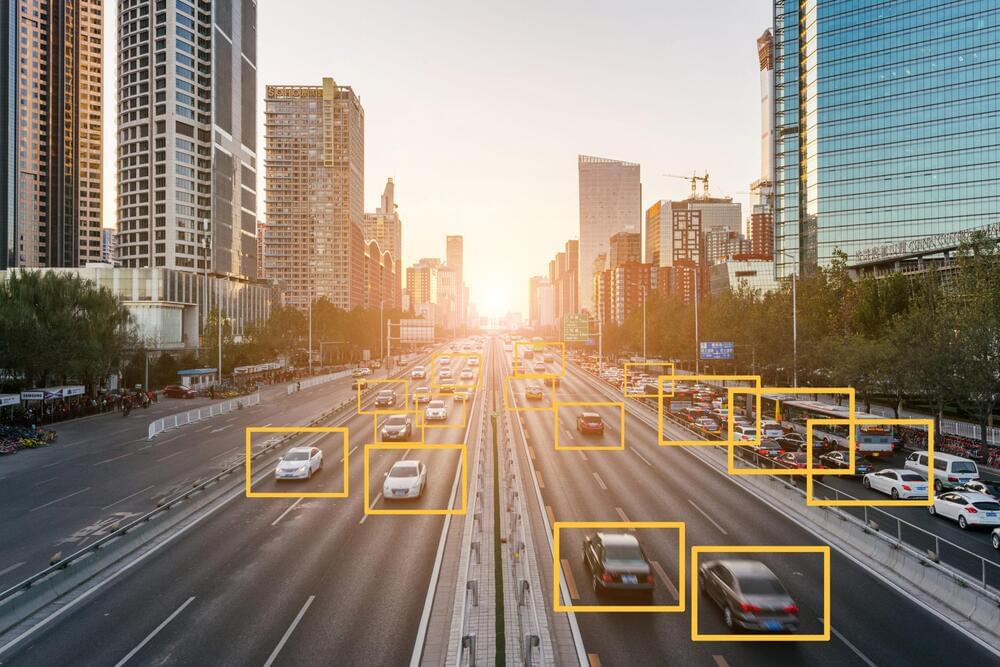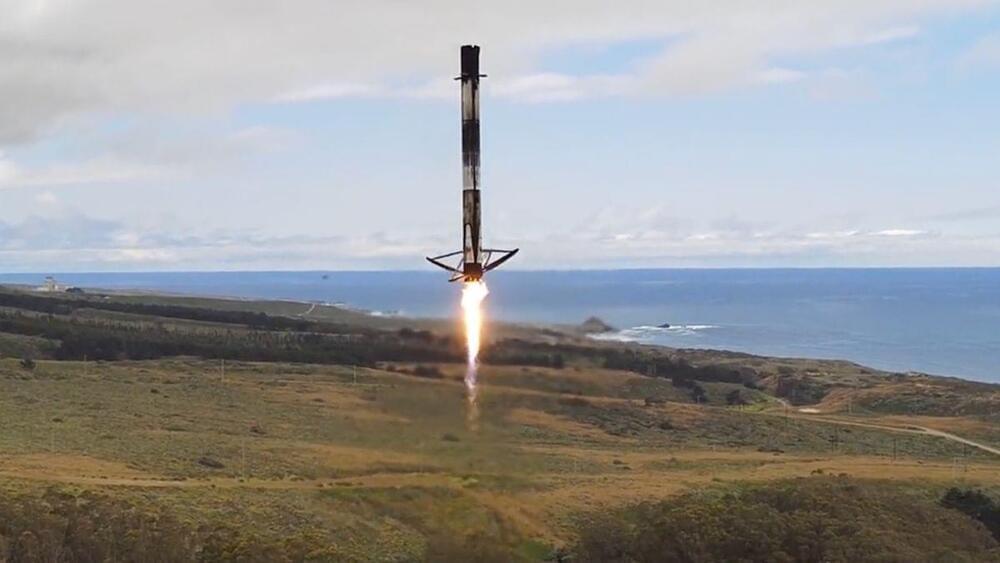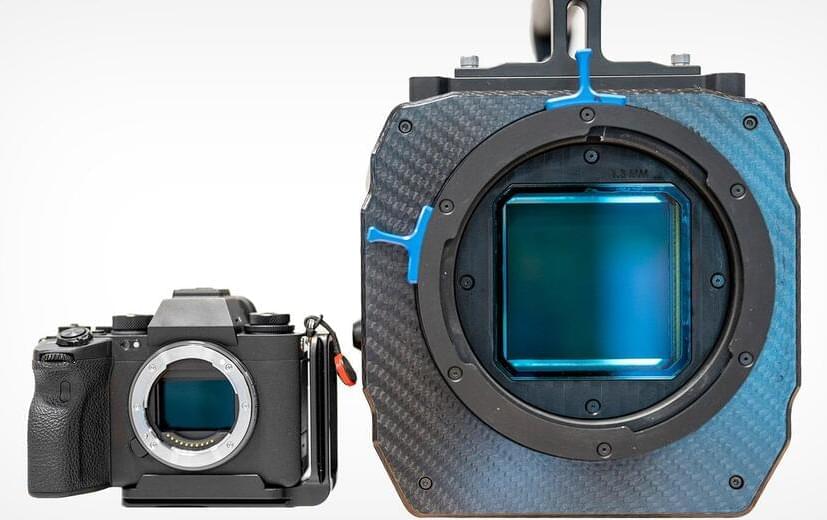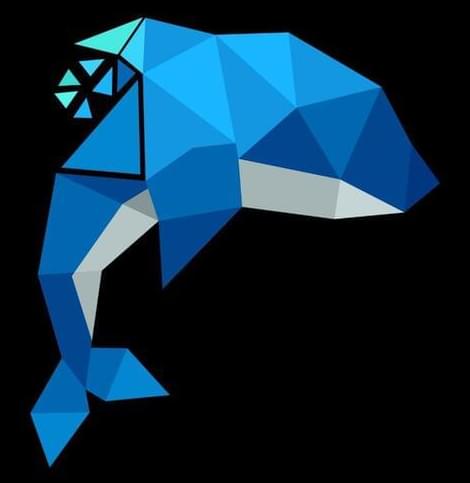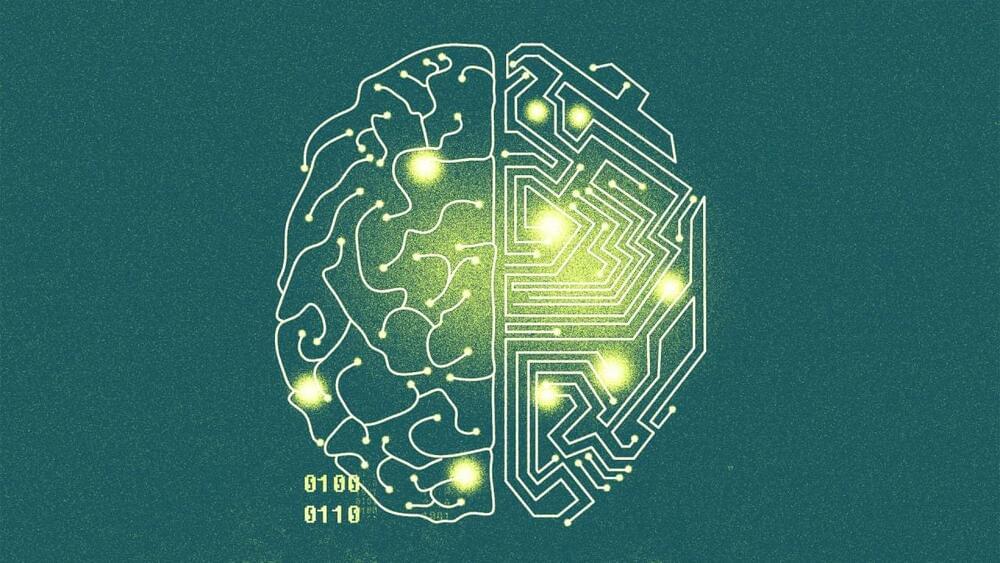Updated: A flaw in the SS7 protocol made hacking Facebook accounts easier than you’d think. #woops
Buying art in cryptocurrency has seen record-breaking prices followed by a crash in recent years, but there are ways to remove the volatility to benefit both artists and buyers.
By Dr David Challis, University of Melbourne.
What is Data Labeling
Posted in futurism
View examples, find labeling tools for supervised learning, & see how to label images for image classification & object detection.
Engineers at MIT say they have developed a new motor that could be used to electrify large aircraft, significantly reducing their carbon footprint with the help of innovative new electric propulsion technology.
The 1-megawatt motor has already undergone design and testing of its primary components, which the MIT team says helps demonstrate that its power generation is comparable to current small aircraft engines.
Every year, pollution from carbon dioxide in excess of 850 million tons is produced by the aviation industry. If left unmitigated, those levels could increase by as much as three times by mid-century, concerns that have prompted caps on the carbon dioxide emissions of international flights that have been instituted in recent years.
The June 12 launch of the Transporter-8 rideshare mission marked a significant milestone for SpaceX’s Falcon 9 rocket, and the company captured it on video.
Kairan Quazi announced the news in an impressive LinkedIn post, during which he explained how he’d begun his software engineering career at an early age.
While he kept post pretty professional, Quazi couldn’t help but gush about working for the ‘coolest company on the planet’.
Kairan Quazi is only in his teens, but has already graduated with a computer science degree before accepting a job with SpaceX.
Sphere Studios has developed a brand new type of cinema camera called The Big Sky. It features a single 316-megapixel HDR image sensor that the company says is a 40x resolution increase over existing 4K cameras and PetaPixel was given an exclusive look at the incredible technology.
The Big Sky cameras are not up for sale (yet) but they are meeting with film companies and filmmakers to find ways to bring the technology to the home-entertainment world. A discussion we had on-site revolved around gimbals mounted on helicopters, airplanes, and automobiles and how those systems, even “the best” still experience some jitter/vibration which is often stabilized which causes the footage to be cropped in.
The technology built for Big Sky helps eliminate a massive percentage of this vibration, and even without it, the sheer amount of resolution the camera offers can provide a ton of space for post-production stabilization. This alone could be a game changer for Hollywood when capturing aerial and “chase scene” footage from vehicles allowing for even more detail than ever before.
The remarkable zero-shot learning capabilities demonstrated by large foundation models (LFMs) like ChatGPT and GPT-4 have sparked a question: Can these models autonomously supervise their behavior or other models with minimal human intervention? To explore this, a team of Microsoft researchers introduces Orca, a 13-billion parameter model that learns complex explanation traces and step-by-step thought processes from GPT-4. This innovative approach significantly improves the performance of existing state-of-the-art instruction-tuned models, addressing challenges related to task diversity, query complexity, and data scaling.
The researchers acknowledge that the query and response pairs from GPT-4 can provide valuable guidance for student models. Therefore, they enhance these pairs by adding detailed responses that offer a better understanding of the reasoning process employed by the teachers when generating their responses. By incorporating these explanation traces, Orca equips student models with improved reasoning and comprehension skills, effectively bridging the gap between teachers and students.
The research team utilizes the Flan 2022 Collection to enhance Orca’s learning process further. The team samples tasks from this extensive collection to ensure a diverse mix of challenges. These tasks are then sub-sampled to generate complex prompts, which serve as queries for LFMs. This approach creates a diverse and rich training set that facilitates robust learning for the Orca, enabling it to tackle a wide range of tasks effectively.
Getting a colonoscopy is important to screen for colorectal cancer. But how often you should get a colonoscopy depends on several different factors.
Current guidelines suggest that you get your first colonoscopy at age 45 if you are at average risk for colorectal cancer. If no polyps are found, you won’t need another colonoscopy for another 10 years. But in certain situations, you may need a colonoscopy more often.
We spoke with gastroenterologist Mazen Alasadi, M.D., to learn more.
In one sense, it is undeniably new. Interactions with ChatGPT can feel unprecedented, as when a tech journalist couldn’t get a chatbot to stop declaring its love for him. In my view, however, the boundary between humans and machines, in terms of the way we interact with one another, is fuzzier than most people would care to admit, and this fuzziness accounts for a good deal of the discourse swirling around ChatGPT.
When I’m asked to check a box to confirm I’m not a robot, I don’t give it a second thought—of course I’m not a robot. On the other hand, when my email client suggests a word or phrase to complete my sentence, or when my phone guesses the next word I’m about to text, I start to doubt myself. Is that what I meant to say? Would it have occurred to me if the application hadn’t suggested it? Am I part robot? These large language models have been trained on massive amounts of “natural” human language. Does this make the robots part human?


